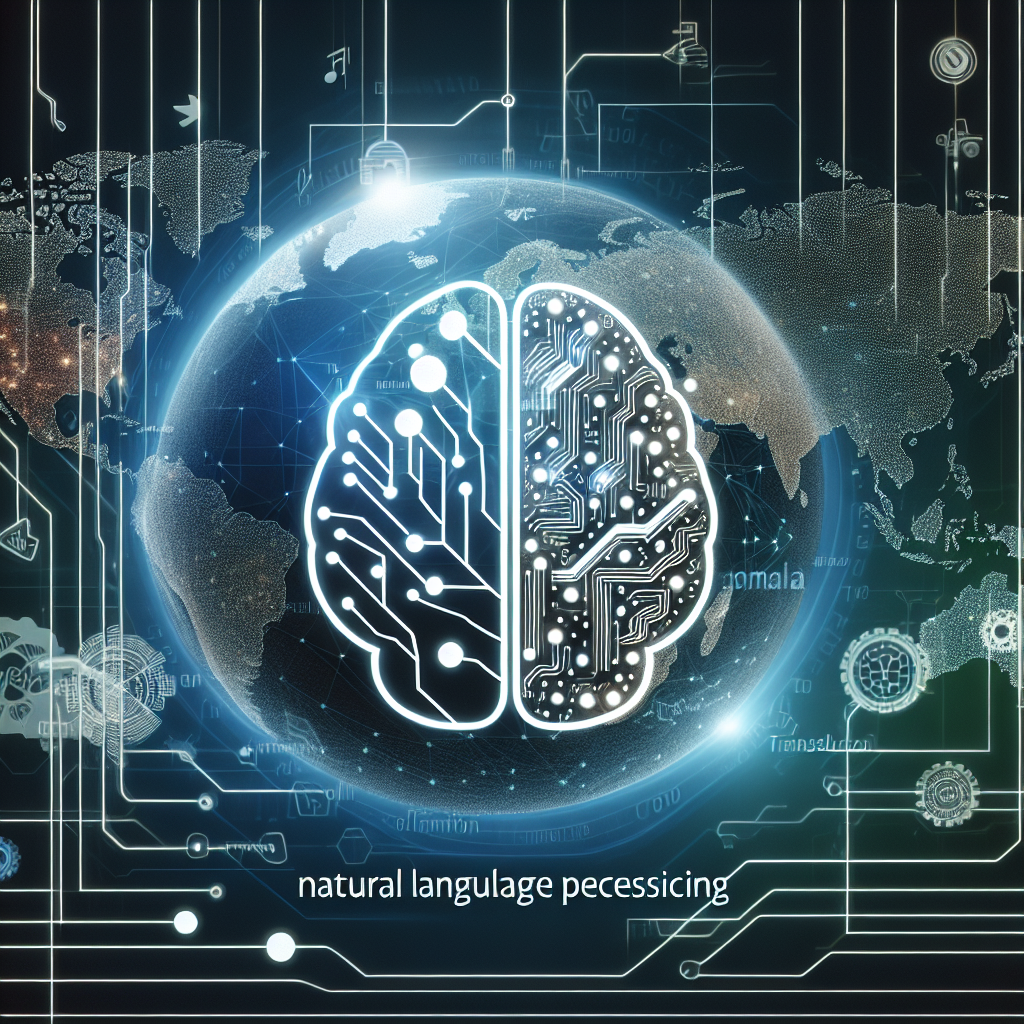Natural Language Processing (NLP) has had a profound impact on various industries, including translation services. NLP refers to the field of artificial intelligence that focuses on the interaction between computers and human language. By utilizing NLP technology, translation services are able to improve the accuracy and efficiency of their language translation processes. In this article, we will explore the impact of NLP on translation services and discuss how this technology is revolutionizing the way translations are conducted.
One of the key ways that NLP is transforming translation services is through machine translation. Machine translation refers to the automated translation of text from one language to another using computer algorithms. NLP technology enables machine translation systems to understand the context, syntax, and semantics of the text being translated, resulting in more accurate and natural-sounding translations. This has significantly improved the speed and efficiency of translation services, allowing for faster turnaround times and increased productivity.
Another way that NLP is revolutionizing translation services is through the use of sentiment analysis. Sentiment analysis is a technique that allows computers to analyze and interpret the emotions and attitudes expressed in text. By incorporating sentiment analysis into translation services, NLP technology can help translators better understand the tone and intent of the original text, resulting in more accurate and culturally appropriate translations. This is particularly important for marketing and advertising translations, where conveying the right tone and message is crucial for reaching the target audience.
NLP technology also enables translation services to automate the process of terminology management. Terminology management involves the creation and maintenance of a database of specialized terms and their translations in different languages. By utilizing NLP technology, translation services can automatically identify and extract key terms from the text being translated, ensuring consistency and accuracy in the translation of technical or specialized content. This helps to streamline the translation process and improve the quality of the final translated product.
Furthermore, NLP technology has enabled translation services to implement quality assurance tools that can automatically detect and correct errors in translations. These tools use advanced algorithms to analyze the translated text for grammatical, syntactic, and semantic errors, helping to ensure the accuracy and fluency of the translated content. This not only improves the overall quality of translations but also helps to reduce the need for manual editing and proofreading, saving time and resources for translation services.
In addition to improving the efficiency and accuracy of translation services, NLP technology is also expanding the range of languages that can be translated. Traditionally, translation services have focused on translating between major languages such as English, Spanish, French, and Chinese. However, with the advancements in NLP technology, translation services are now able to offer translations for less commonly spoken languages and dialects, opening up new markets and opportunities for businesses and organizations operating in diverse regions.
Overall, the impact of NLP on translation services has been significant, transforming the way translations are conducted and improving the quality and efficiency of language translation processes. As NLP technology continues to evolve and improve, we can expect to see further advancements in the field of translation services, making it easier and more accessible for individuals and businesses to communicate across language barriers.
FAQs:
Q: What is Natural Language Processing (NLP)?
A: Natural Language Processing (NLP) is a field of artificial intelligence that focuses on the interaction between computers and human language. NLP technology enables computers to understand, interpret, and generate human language, allowing for more natural and efficient communication between humans and machines.
Q: How does NLP impact translation services?
A: NLP technology has revolutionized translation services by improving the accuracy, efficiency, and quality of language translation processes. NLP enables machine translation systems to understand the context, syntax, and semantics of the text being translated, resulting in more accurate and natural-sounding translations. NLP also enables translation services to automate terminology management, implement quality assurance tools, and expand the range of languages that can be translated.
Q: What are the benefits of using NLP in translation services?
A: The benefits of using NLP in translation services include improved accuracy and efficiency of translations, faster turnaround times, increased productivity, better understanding of tone and intent in the original text, automated terminology management, quality assurance tools for error detection and correction, and the ability to translate a wider range of languages and dialects.
Q: How can businesses and organizations benefit from NLP in translation services?
A: Businesses and organizations can benefit from NLP in translation services by improving their global communication and expanding their reach to international markets. NLP technology enables businesses to translate their content accurately and efficiently, ensuring that their message is effectively communicated to a diverse audience. By utilizing NLP in translation services, businesses can increase their productivity, streamline their translation processes, and reach a wider range of customers around the world.
In conclusion, the impact of Natural Language Processing (NLP) on translation services has been profound, revolutionizing the way translations are conducted and improving the accuracy, efficiency, and quality of language translation processes. NLP technology has enabled translation services to automate terminology management, implement quality assurance tools, expand the range of languages that can be translated, and provide more accurate and natural-sounding translations. As NLP technology continues to evolve and improve, we can expect to see further advancements in the field of translation services, making it easier and more accessible for individuals and businesses to communicate across language barriers.

